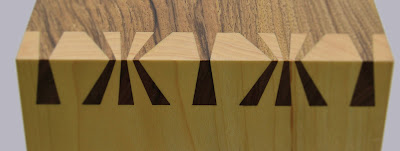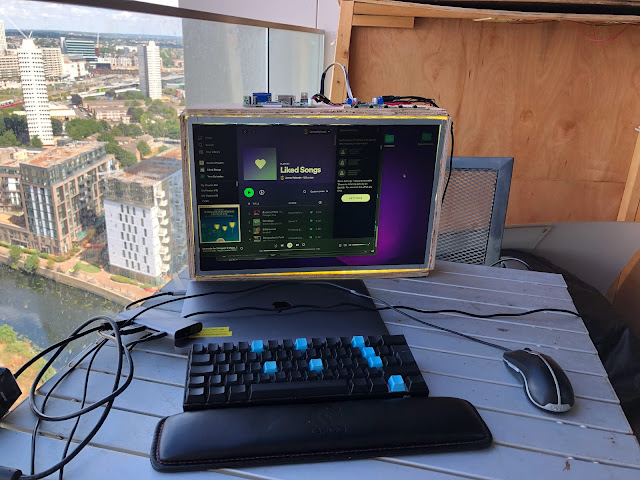A farmer out standing in their field, their field was not mathematics.
Back in 2014 I was helping my girlfriend’s sister with her maths homework and a particular question sparked my imagination. The original question, as posed by her teacher, has a trivial solution (If you’ve already done A level maths). The question is about a farmer trying to find the optimal way to arrange their fence. Their fence is to be placed against the wall and they want to be able to enclose the largest area for their sheep to graze. However, they only have a fixed length of fence. Representing this fixed length of fence as s we can find the optimal x and y lengths the farmer should use as follows: This is the solution the teacher was looking for but that got me thinking what if, rather than straight lines, you had circles. This led me to the problem I have spent a long time since trying to grapple with. The problem can be described as the same farmer who is now trying to use a fence which can be arced into a segment of a circle. Instead of a wall the farmer is now using a ...



